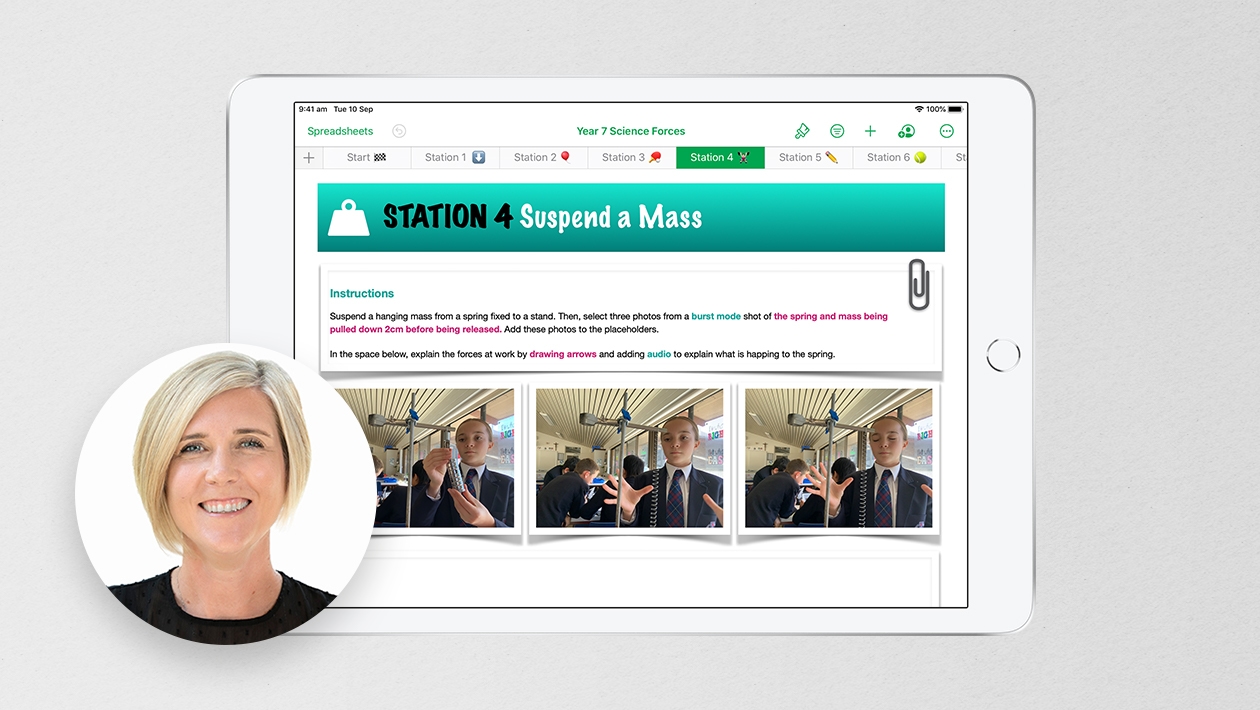Enhancing Chemistry learning with iPad: Exploring reaction rates in Year 10
Goal
Leverage iPad to deepen Year 10 students' understanding of how concentration impacts the rate of chemical reactions.
Outcome
Students used iPad to efficiently collect and analyse data during a chemistry experiment on reaction rates. The integration of iPad simplified complex tasks, such as data recording and graph generation, allowing students to focus on interpreting results and understanding key scientific concepts.
Learning
In this science lesson, students investigated the effect of sodium thiosulfate concentration on reaction rates. Using the iPad, students recorded data in a pre-formulated Numbers document, which automatically generated graphs for easy interpretation.
The iPad also functioned as a stopwatch, calculator, and video recording device. This enabled students to capture key measurements and visualise the experiment’s progress in real-time, helping them grasp that higher reactant concentration leads to faster chemical reactions, as evidenced by their data.
This lesson supported students in developing the following skills:
- Data Collection and Analysis: Accurately recording and analysing experimental data in real-time using iPad.
- Scientific Observation: Capturing precise measurements and visual evidence of chemical reactions through the iPad camera and video features.
- Critical Thinking: Interpreting data and drawing conclusions about the relationship between reactant concentration and reaction rates.
- Digital Literacy: Utilising both built in and native Apple apps such as Numbers with conditional formatting and the Clock app’s stopwatch, to streamline complex scientific tasks and enhance learning outcomes.
Overall, the iPads served as multipurpose tools that facilitated accurate data collection and visualisation, reinforcing the direct relationship between reactant concentration and reaction speed, and solidifying the lesson's core scientific principles.
Learn more about our school HERE https://www.apple.com/nz/education/k12/success-stories/rotorua/









August 28, 2024 . English
English
I think you hit the exact reason why iPads can be so transformational in secondary science and math classes. If the technology can do some of the little things, especially after you have been taught how to generate it by hand, then you have the ability to focus completely on interpreting the results and applying them! Having the iPads record the data and graph it for the student takes out the anxiety of that part and allows them to draw meaningful conclusions from their data.
Thanks for sharing!
This action is unavailable while under moderation.
This action is unavailable while under moderation.